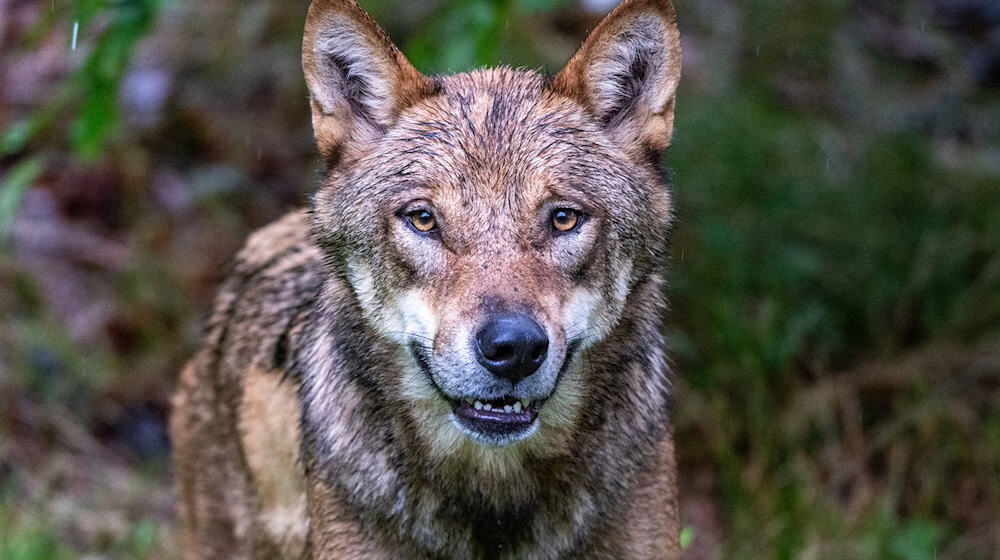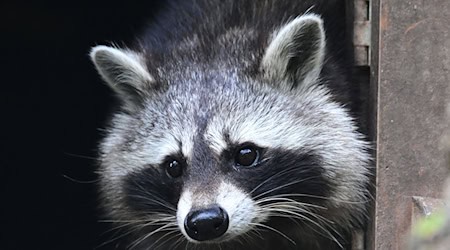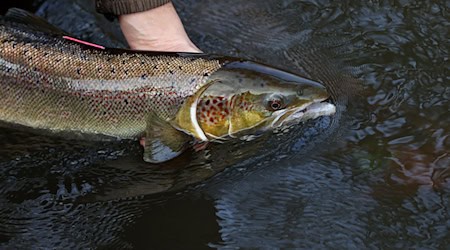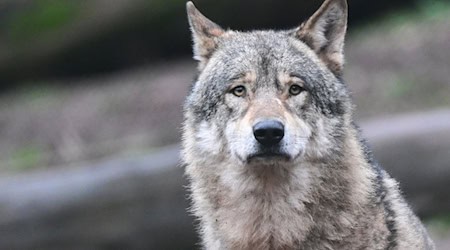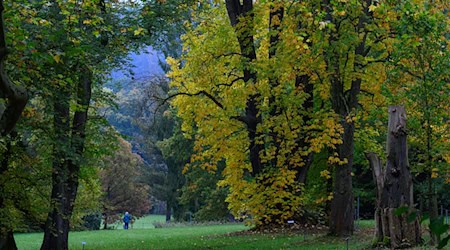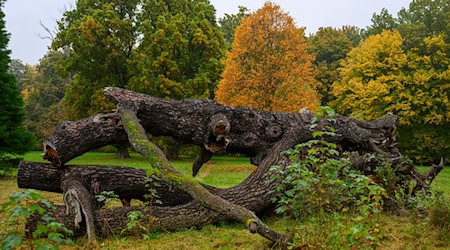Experts expect more attacks by wolves on livestock in the coming weeks. Since the beginning of August, there have already been nine wolf attacks in several areas, according to the Wolf Unit at the State Office for the Environment, Geology and Agriculture. In all cases, wolves have been confirmed with sufficient certainty as the cause. Six of the eight flocks of sheep affected had been given minimum protection. In one of the cases, a calf had been killed. The authority advised livestock farmers to take precautions.
Most wolf attacks in late summer and fall
According to the state office, most attacks on grazing animals occur in late summer and fall. This is also due to the wolf's biology. "In spring and early summer, wolves are busy rearing their pups. At the same time, hunting their prey is easier," it said. This is because roe deer, red deer and wild boar also have offspring during this time. This trend reverses in late summer and fall. The growing wolf pups have increasingly higher food requirements, while the game is fit and heavier prey at the end of summer.
Wolves should not get used to easy prey
"Once wolves have learned to jump over live pasture fences, it is necessary to follow the requirements of reasonable herd protection in Saxony," the state office said. The fence should have a minimum voltage of 4,000 volts and an additional flutter tape. This broadband wire would serve as a visual elevation and barrier and would be installed at a distance of around 30 centimetres above the existing fence.
Effective herd protection helps to prevent wolves from becoming accustomed to grazing animals as easy prey. The authorities recommend a minimum height of 105 centimetres for live pasture fences.
Around 200 grazing animals have fallen victim to wolves so far
By the end of July, 91 cases of damage to grazing animals had been reported in Saxony. In 55 cases, the wolf could be determined with great certainty as the culprit. 194 grazing animals were killed and 28 injured. Eleven animals are considered missing.
Copyright 2025, dpa (www.dpa.de). All rights reserved

